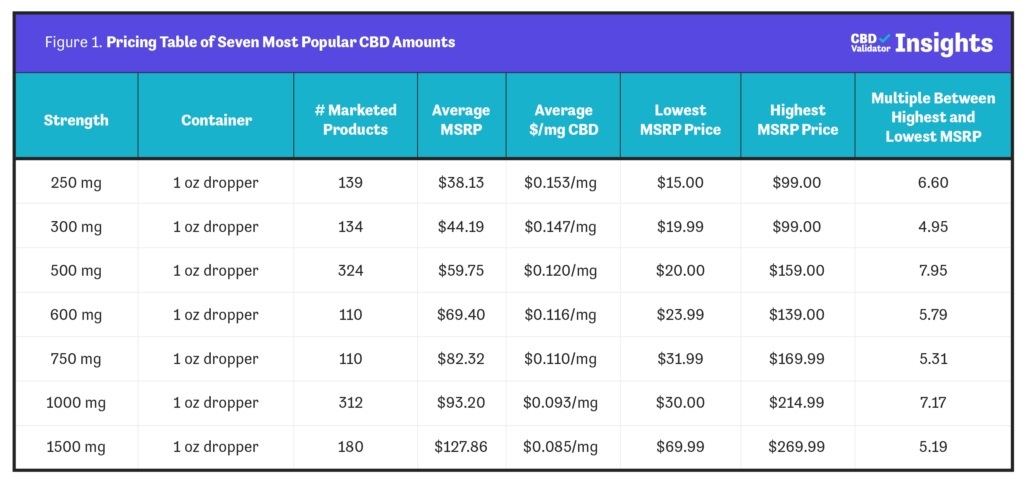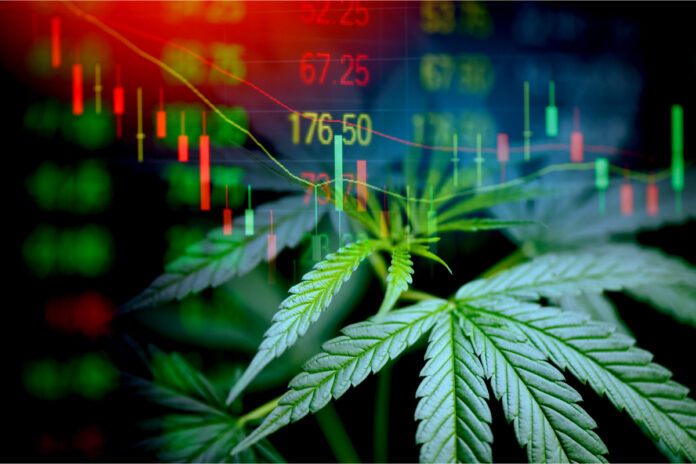NEW YORK – A drop in the price of hemp lowered the price of CBD products by an average of 2 percent since February, but large pricing disparities continue to create consumer confusion and serve as an obstacle to industry growth and mainstream use of CBD. That’s one of the conclusions in a report released September 8 by CBD Validator, an independent online resource that compares more than 2,000 products on price, testing, and other characteristics.
Other key findings include:
- The seven most popular strengths of CBD oils and tinctures are 250mg, 300mg, 500mg, 600mg, 750mg, 1,000mg, and 1,500mg.
- The 500mg and 1,000mg strengths sold in one-ounce bottles account for almost 30 percent of all products in the database.
- An example of the pricing disparity is illustrated in the 1,000mg strength: The average manufacturer’s suggested retail price is $93.20, but prices range from $30 for the least expensive to $214.99 for the most expensive—a difference of 700 percent. Across all strengths, a 600-percent difference separates the most and least expensive products.

“It must also be noted there appears to be no relationship between premium pricing and quality manufacturing,” according to Robert Portman, PhD, a biochemist and CBD Validator’s chief executive officer. “Only 19 percent of the 1,000mg-strength oils in the database provide consumers with a certificate of analysis for CBD levels, pesticides, and heavy metals from an independent testing laboratory.”
CBD Validator’s science-based rating system employs fifty standards to review products and provide businesses and consumers with unbiased comparisons. Criteria include type of CBD, extraction method, quality, milligrams per dose, and cost per dose. The resource allows consumers to compare products to others of the same type but does not offer recommendations.
The company issued its first industry retail pricing report in February 2020. The report presented an analysis of retail pricing for more than 1,500 oils, concluding extreme price variation among similar products created consumer mistrust and confusion.


